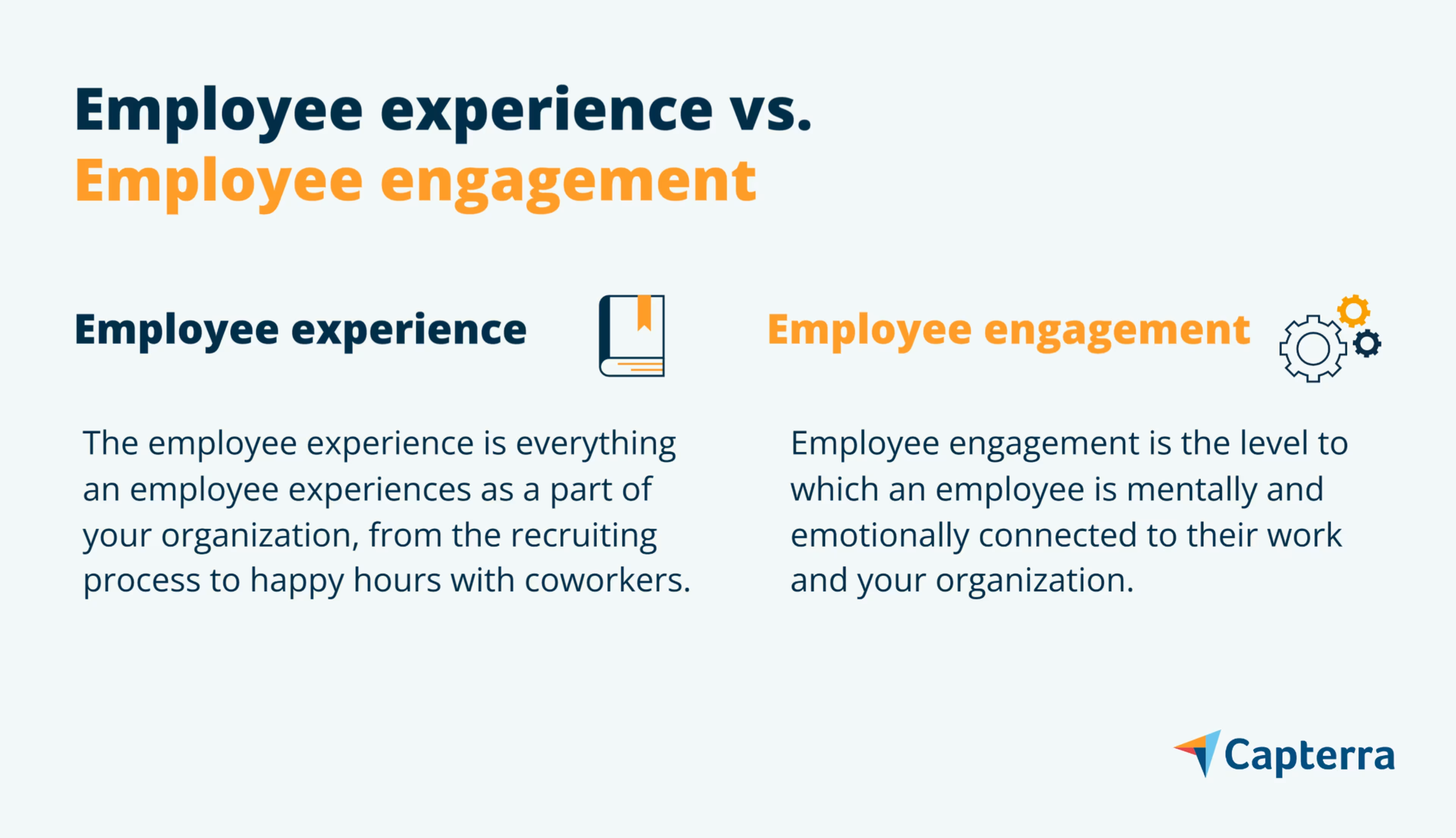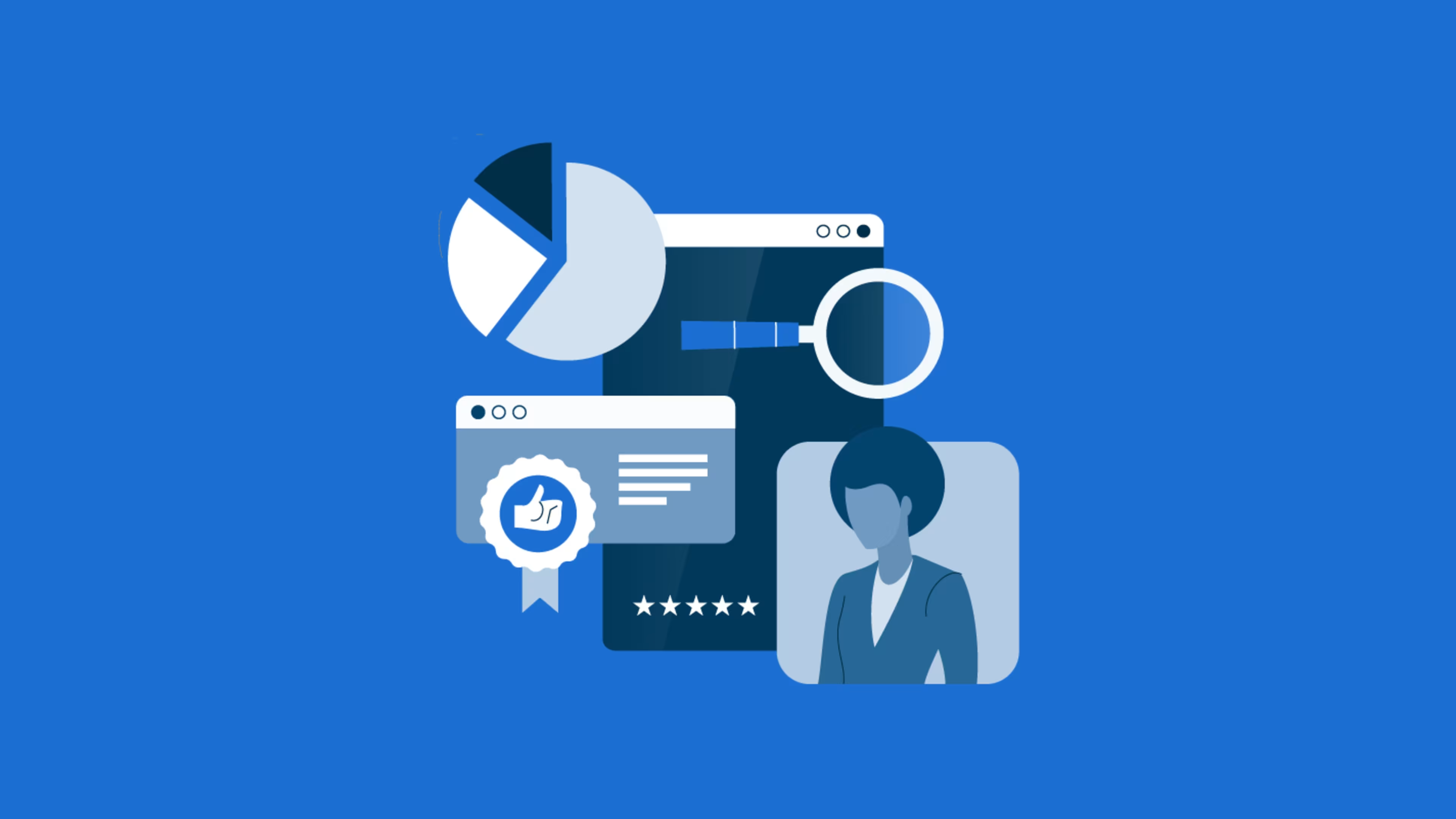Talent analytics can help HR teams make better hiring decisions, boost engagement, and retain top talent. Here’s how.
According to Gartner’s 2021 Hype Cycle for Human Capital Management Technology, the use of data analytics in human resources and talent management is on the rise and expected to reach widespread adoption levels in the next two to five years (full research available to Gartner clients).
Growing organizations can use this emerging technology to make the best hiring decisions and outpace the competition when it comes to talent acquisition and retention.
In this guide, we’ll dig into the meaning of talent analytics and share ways that hiring managers, such as yourself, can use this technology to make better, more efficient hiring decisions and retain top talent.
Let’s get started.
What is talent analytics?
Talent analytics, also sometimes referred to as HR analytics, workforce analytics, or people analytics, is a form of data analytics that uses applicant and employee data to gain insights into factors such as employee engagement, performance, retention, and attrition.
In the context of hiring and talent management, talent analytics is especially useful during the hiring process, employee retention strategization, and recruiting.
Ready to hire a recruiting agency for your business needs? Browse our list of companies in the following areas:
How can HR departments leverage talent analytics?
In light of The Great Resignation, the pressure has arguably never been greater for HR teams to hire the best talent in the most efficient way possible and retain top talent for as long as possible.
Leveraging talent analytics can help take a lot of the guesswork out of these challenges, and organizations that successfully use talent analytics to hire and retain the best talent will enjoy a huge competitive advantage over those that don’t.
Here are a few areas where HR departments can leverage this technology to make better decisions:
Administrative HR: HR administrators can use talent analytics to create detailed reports and presentations based on analysis of personnel data such as open positions and turnover rates.
Talent management: HR professionals who are tasked with recruiting, hiring, and retaining employees can use talent analytics to make data-backed decisions around employee engagement, learning and development opportunities, and all other elements of the employee lifecycle.
Workforce management (WFM): HR professionals can use talent analytics to accurately forecast future workload to help hire new talent and schedule employees in the most crucial areas.
What does this mean for organizations like mine?
Across all industries, the use of data analytics is becoming more of a competitive necessity than the niche luxury it may have been a decade ago. If you’re not already curating data and using it to make better HR decisions, you have a great opportunity to see big gains in hiring and talent management by getting on board as soon as possible.
Which HR areas are impacted by data analytics?
Now that we’ve established that data analytics can be a big boon for hiring managers and HR teams, the next step is to figure out where to start.
Employing data analytics to improve hiring and talent management decisions isn’t as easy as installing new talent management software or flipping a big switch on your data analytics machine. First, you need clean data and a culture of good data management practices to make sure that your data is accurate and reliable.
In the interest of starting small and building your way up, here are three key focus areas to begin your talent analytics efforts in a manageable way.
1. Employee experience
One of the most important areas where talent analytics can improve the effectiveness of HR teams is the employee experience, or everything an employee senses and feels during their work experience, from the physical space around them to interactions with other employees.
Employee experience is different from employee engagement in that employees can have low engagement levels or high engagement levels but their experience is the baseline that affects engagement levels. For example, if an employee has limited chances to interact with fellow employees (experience), their engagement level might be low.

Generally, higher engagement leads to improved employee performance and productivity.
Talent analytics software can help HR teams identify opportunities to improve the employee experience in the areas of compensation and benefits, learning and development opportunities, and simplifying administrative processes. Human resource leaders can collect data to inform these analytics by regularly surveying employees and asking questions about job satisfaction, confidence in leadership, and compensation.
Here’s a brief video explaining more about the connection between talent analytics and employee experience:
How to connect people analytics and employee experience (Source)
2. Diversity, equity, and inclusion (DEI)
The connection between talent analytics and diversity, equity, and inclusion (DEI) efforts might not be immediately apparent, but analytics can help HR leaders target their DEI efforts to have the biggest impact.
Data analytics enables HR teams to be more strategic in their approach to improving diversity, equity, and inclusion. This process starts by collecting data on race, gender, age, sexual orientation, and more, and then using that data to identify opportunities to build a more diverse workforce, such as strategic hiring to address gaps in representation and employee resource groups to ensure needs are being met.
Advanced analytics applications for DEI include using natural language processing (NLP) to detect biased language in company messaging, and using predictive analytics to forecast future diversity levels based on hiring and attrition. This all helps you adjust workforce planning as necessary.
Here’s a short video that shows an example of how to set up a diversity dashboard in Diversely recruiting software:
Set up your diversity dashboard (Source)
3. Internal talent marketplace (ITM) and skills management
An internal talent marketplace (ITM) is a technology tool that uses artificial intelligence to match existing employees with collaborative projects, learning and development opportunities, and even new full-time roles within your organization.
The idea is that if you can find new ways to engage existing employees as they develop and grow within your organization, you can maximize their skills while increasing employee engagement and reducing unwanted attrition. For example, if an employee on your sales team has the interest and background to pursue a role in marketing, an ITM can help make that connection before the employee burns out and looks for a new role outside your organization.
An ITM "makes it easier to form multidisciplinary teams that don't think of people through job titles, or roles, but think of people for the skills, experiences and potential they bring to solve a business problem,” Watson Stewart, global head of talent solutions at Standard Chartered Bank in London, told SHRM.
Here’s a short video that shows how to get started with an internal talent marketplace:
How to get started with an internal talent marketplace (Source)
Software that supports talent analytics
Talent analytics software can be included in several different types of HR software, including HR analytics, talent management, performance management, succession planning, workforce management, and human resources software to name a few.

A data analytics dashboard in ChartHop talent analytics software (Source)
Essentially, any type of software that helps teams manage talent and includes data analytics functionality can be considered a form of talent analytics software.
So you know what to look for, some common features of talent analytics software include:
Compensation planning
Recruitment management
Succession planning
Turnover tracking
Not yet ready to adopt talent analytics software? Here are some ideas to bridge the gap
As you can see in the section above, if you’re using HR software of any kind, you probably already have access to talent analytics functionality. But if you’re interested in some lower-tech ways of gaining insight into hiring and retaining top talent without investing in a dedicated talent analytics platform, here are a few ideas:
Survey your existing employees. Simply asking your employees what they’re happy with and what they’re unhappy with at work is a great way to gain insight into why some employees stay and why some employees leave. This will give you the ability to correct some pain points that may have employees looking around for new opportunities.
Compare your salaries to the market average. You shouldn’t need an analytics tool to compare your payroll to the current market. If you’re paying far below the average, you’re probably losing valuable talent as a result. Here’s a list of salary information websites to refer to.
Want help finding the right HR analytics software?
Our HR analytics directory features more than 200 products that can be filtered by features, platform, and number of users.
Once you’ve narrowed down your search with these filters, you can browse hundreds of verified reviews by HR professionals just like you to find the best fit.
Our 2021 Shortlist of HR analytics software can also help you find the best tool for your organization by breaking top options down into top performers, established players, noteworthy products, and emerging favorites.
Want to learn about hiring a data analytics company for your business needs? Our list of the top data analytics services and their features will help you narrow your search. Read more in Capterra’s data analytics company hiring guide.
